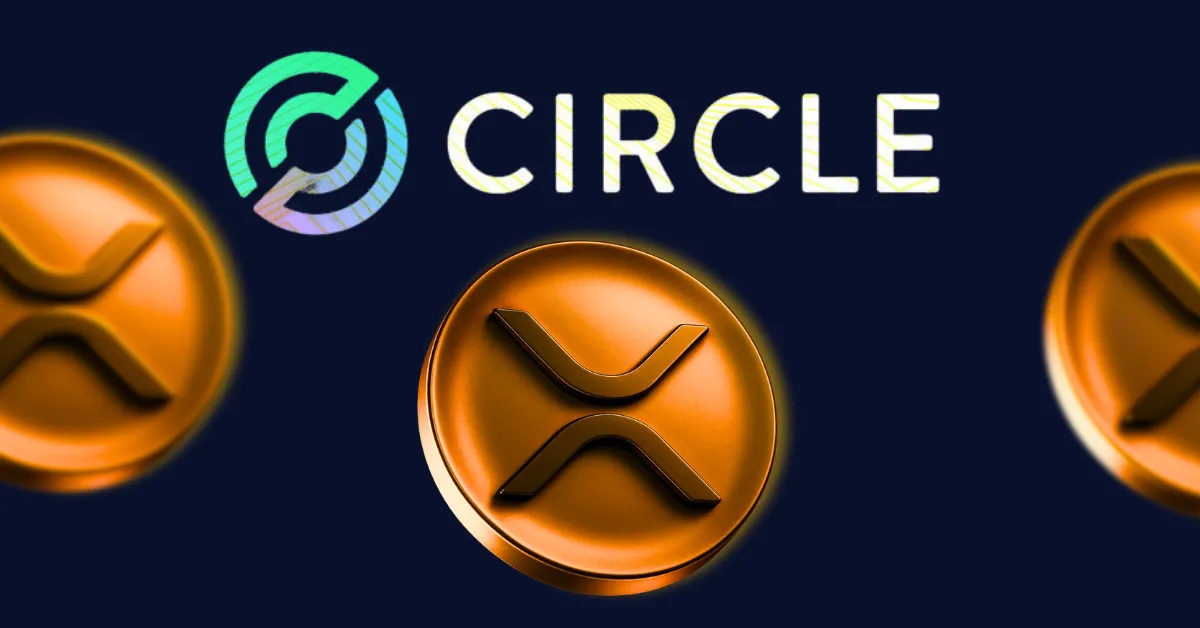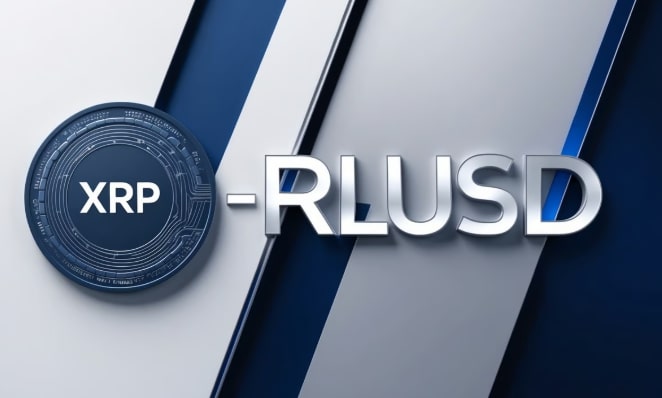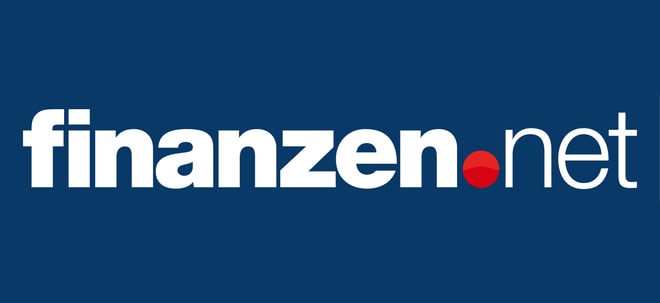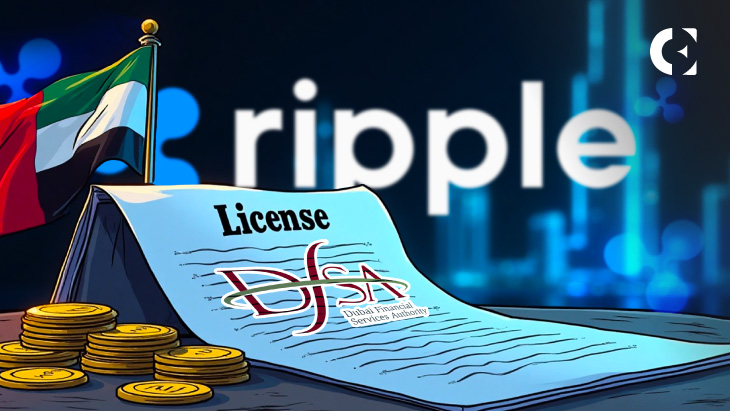USDC on XRP and Stellar Competition

The integration of USDC on the XRP Ledger has ignited considerable debate within the cryptocurrency community, with many experts deeming it a desperate measure rather than a progressive step. Critics argue that this move is a direct consequence of Ripple's failed attempt to launch its native stablecoin, RLUSD, and suggest that it places XRP significantly behind Stellar, a seemingly quiet yet robust competitor in the digital asset space.
According to the Stellar Expert community, Ripple's RLUSD stablecoin failed to gain substantial traction, registering fewer than 50,000 trustlines and virtually no real-world utility. This pronounced lack of momentum has seemingly compelled Ripple to adopt Circle's USDC as an alternative strategy. In stark contrast, Stellar integrated USDC back in 2021 and has since quietly cultivated substantial real-world momentum. Empirical data supports Stellar's advanced position, showcasing over 1.5 million trustlines, thousands of active wallets, and consistent daily usage by merchants across Africa, Asia, and Latin America for genuine payments and transactions, not merely test environments.
Critics also contend that Ripple's efforts to roll out USDC on the XRP Ledger may not confer any tangible benefits to the XRP token itself. They propose that by rendering USDC multichain, XRP risks forfeiting its distinctiveness, thereby impeding its capacity to cultivate authentic utility or demand. Experts emphasize that while features can be replicated, the extensive infrastructure, widespread adoption, and strategic partnerships that Stellar has meticulously forged over several years cannot be easily copied.
Beyond its robust stablecoin integration, Stellar continues to make significant strides, particularly with its smart contract platform, Soroban. It has successfully integrated both USDC and PYUSD, and is actively collaborating with prominent entities such as Franklin Templeton and WisdomTree. Furthermore, Stellar plays a crucial role in powering UN-backed humanitarian corridors and various real-world payment systems. Essentially, USDC on Stellar functions as a proven and operational system, whereas its implementation on XRP appears to be more of a strategic headline-grabbing announcement than a genuine technological breakthrough.









